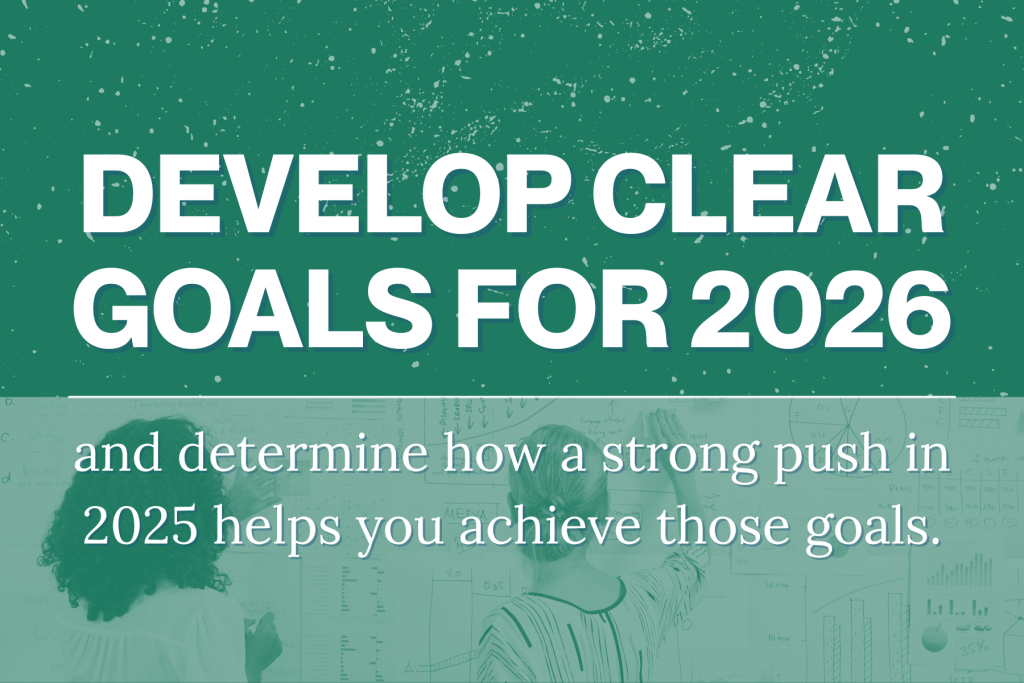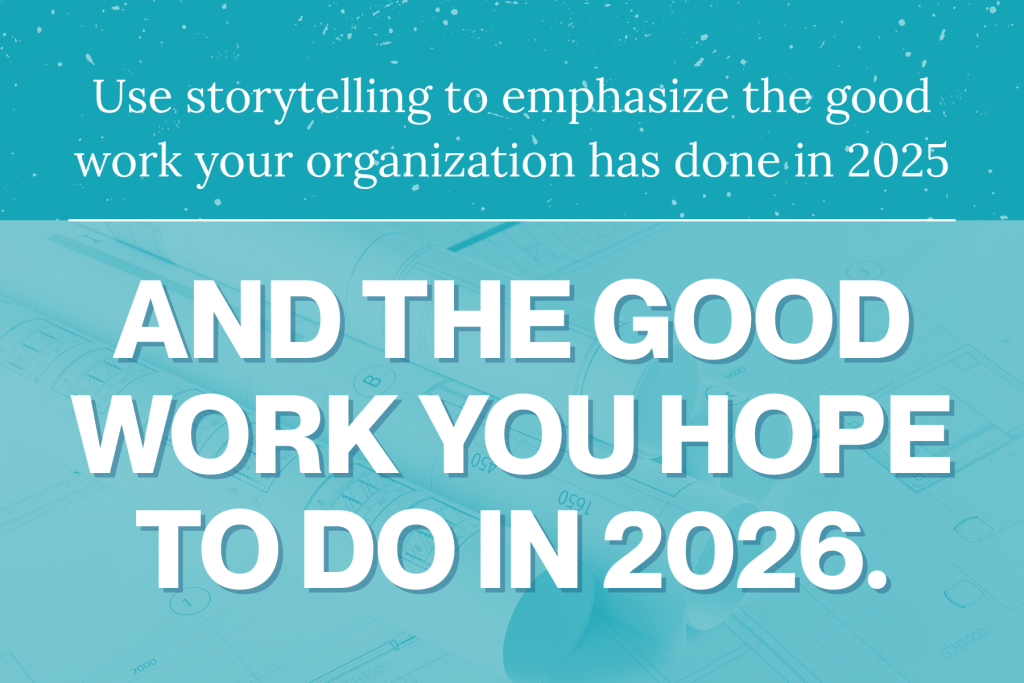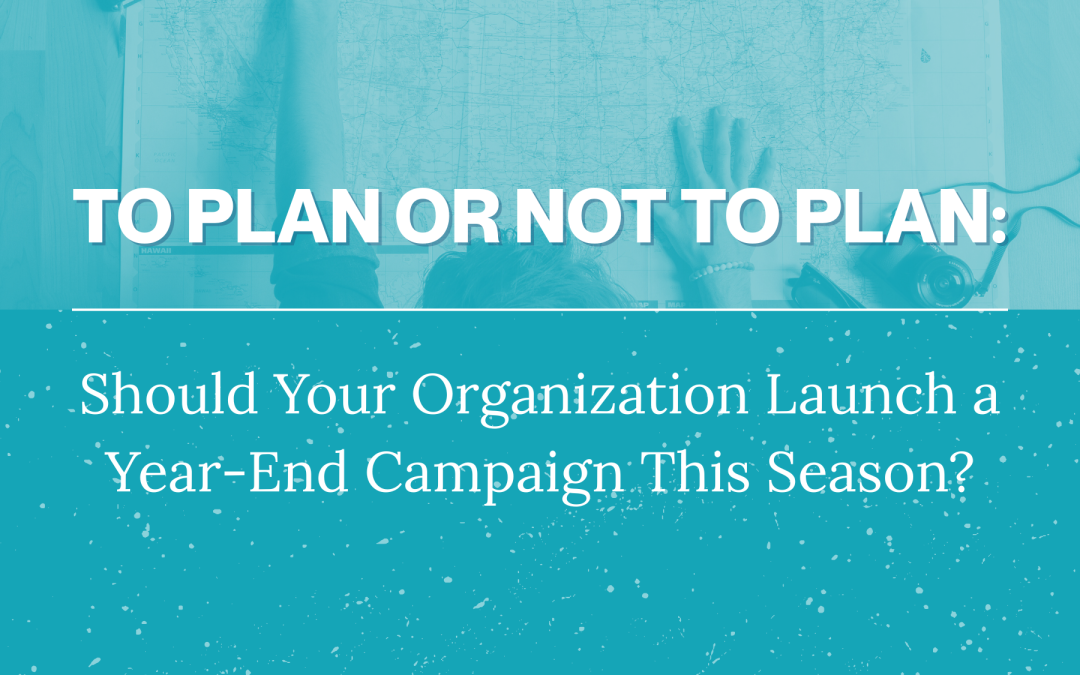We’re falling into a new season — one that never seems to slow down!
Statistically, the end of the year is one of the most important fundraising opportunities for nonprofits. On average, nonprofits raise approximately 25-50% of their online revenue in November and December, and many nonprofits will raise 40% of their annual revenue in December.
This season, don’t skip a year-end campaign just because you think your content will get lost in already crowded For You Pages. But don’t plan a year-end campaign just because everyone else is doing it.
Here are some strategies to develop your unique voice and build an effective year-end marketing plan that will resonate with your audience:

A good year-end plan starts with forward thinking. After all, if you’re going to add your needs to an already flooded social media space, the purpose must be clear.
Are you launching a new program to expand your outreach?
Will you be hosting more events to raise awareness?
Do you want to bring in recurring donors or new volunteers to better serve the community?
Once you know your goal, first determine what you need to achieve your goal, then turn these needs into tangible calls to action.
For example, your nonprofit fights homelessness by providing temporary shelter, job training and financial assistance. But after hiring a new team member with extensive construction expertise, you think you can expand to providing home repairs to help homeowners stay in their homes.
Once you know how much you need to raise and how many volunteers you’ll need to launch this initiative, you’re ready to present a concrete ask to your supporters.

We’ve said it once or twice (or probably a hundred times!): If you’re not telling impact stories, you’re missing a huge opportunity to build support.
Instead of saying, “Our organization fights homelessness,” tell your audience through a blog post or video about a family moving from couch to basement to hotel without a place to call their own. Then tell them how your organization helped this family find shelter, build habits of financial success and later move into a home of their own. (Take this real story we wrote for our client Home of Hope as an example!)
Through these stories, you’ll put faces and names to your impact numbers. To say you’ve served 100 families is good; to show the families you’ve served is even better!
Once you’ve established your impact through these stories, you’re ready to present your plan for growth in 2026 and ask for support.

Your staff is amazing, but they can’t meet community needs alone.
You know volunteers and donors increase your organization’s capacity to reach more people, so make sure they know it too!
Share the many ways donors and volunteers have transformed your mission this year. Whether volunteers helped execute an event or donors came together to make a specific initiative possible, be sure to thank them by name (if possible!) and emphasize how important they are to your mission. If they’re willing to film a video or share their story for a written feature, that’s a bonus!
When donors and volunteers see how vital their support is, they’re more likely to continue their support and encourage others to do the same.
As you share these impact stories, you can then describe the specific volunteer or donor needs in the new year as your organization continues to grow and serve more people across your community!
So this season, don’t just plan a marketing blitz because other nonprofits are doing it. Take some time to articulate your impact, your thanks and your needs for the next year. When you’re true to your mission and share genuine stories of change, your campaign can stand out in even the most crowded social media feeds!
Need help planning your next marketing campaign? Click here to share your needs with our team!

